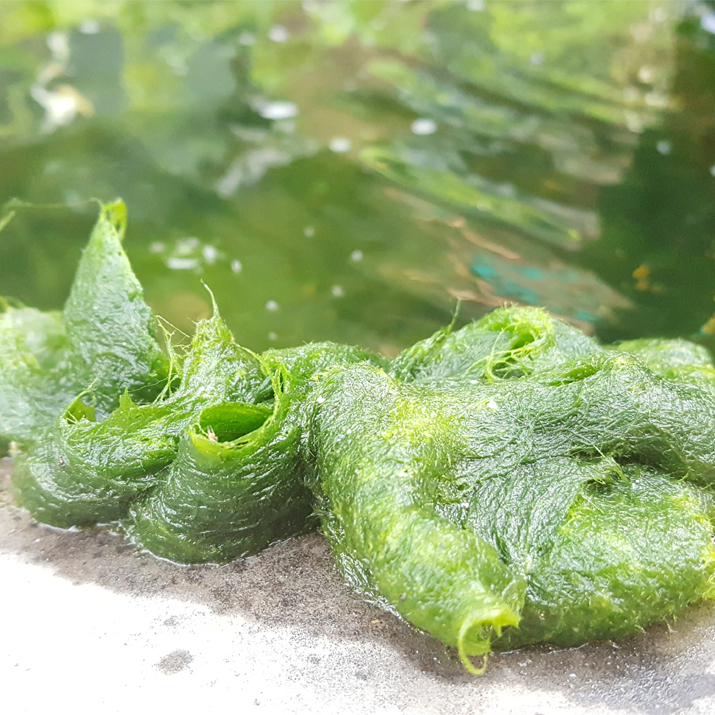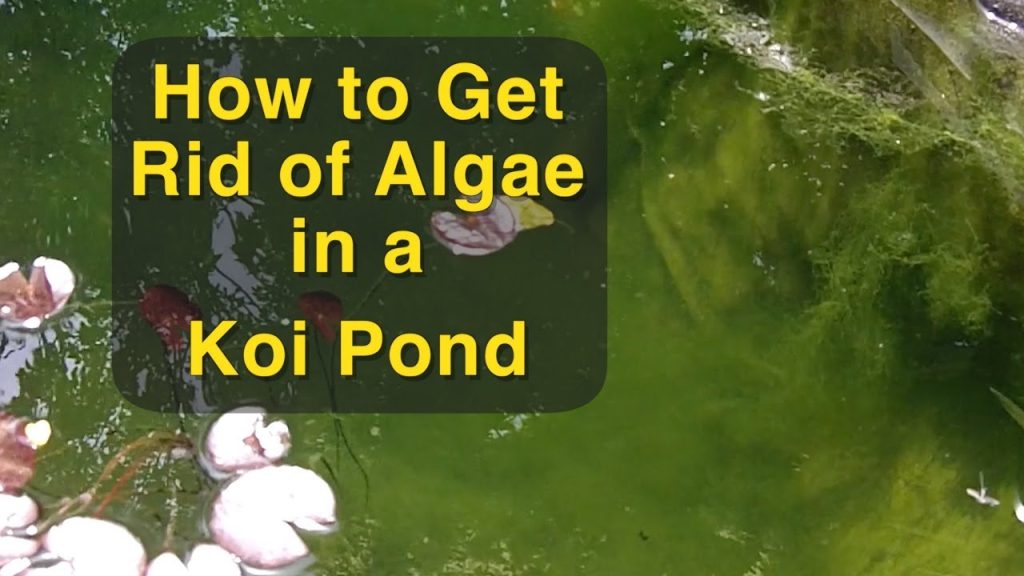Having a koi pond in your backyard can bring a sense of tranquility and beauty to your outdoor space. However, one common issue that pond owners often face is algae growth. Algae can make your pond water appear green, murky, and unattractive. Not only does it affect the aesthetic appeal of your pond, but it can also harm your koi fish if left untreated. In this article, we will explore effective ways to get rid of algae in a koi pond.
5 Best Pond Cleaner – Muck, Algae, And Sludge Remover
Understanding Algae in Koi Ponds
Algae are simple, plant-like organisms that thrive in water and sunlight. They can quickly multiply and take over your pond if conditions are favorable. Algae growth is a natural process in ponds, but excessive algae can lead to imbalanced ecosystem and poor water quality.
Preventing Algae Growth
Prevention is key when it comes to dealing with algae in a koi pond. Here are some tips to prevent algae growth:
- Provide adequate filtration: A good filtration system can help remove excess nutrients that algae feed on.
- Limit sunlight exposure: Algae thrive in sunlight, so providing shade over your pond can help reduce algae growth.
- Regular water testing: Monitoring the water quality and pH levels can help prevent algae blooms.
- Avoid overfeeding: Excess fish food can contribute to nutrient buildup in the pond, promoting algae growth.

Credit: m.youtube.com
Effective Ways to Get Rid of Algae
If you already have an algae problem in your koi pond, don’t worry! There are several effective methods to get rid of algae:
1. Manual Removal
One of the simplest ways to control algae is by manually removing it from the pond. Use a pond net or algae scraper to skim the algae off the surface of the water. Regularly removing algae can help prevent it from spreading and taking over the pond.
2. Use Algaecides
Algaecides are chemical treatments designed to kill algae in ponds. When using algaecides, it’s important to follow the instructions carefully to avoid harming your koi fish. Look for algaecides that are safe for fish and aquatic plants.
3. Barley Straw
Barley straw is a natural and eco-friendly way to control algae in ponds. When barley straw decomposes in water, it releases compounds that inhibit algae growth. Simply place a bale of barley straw in your pond to help prevent algae blooms.
4. Beneficial Bacteria
Beneficial bacteria products are available that can help break down excess nutrients in the pond, reducing algae growth. These bacteria work to establish a healthy balance in the pond ecosystem, making it less favorable for algae to thrive.
5. Uv Sterilizers
UV sterilizers use ultraviolet light to kill algae and other microorganisms in the water. Installing a UV sterilizer in your pond can help control algae growth and improve water clarity.
6. Aquatic Plants
Adding aquatic plants to your pond can help absorb excess nutrients that algae feed on. Plants like water lilies, water hyacinth, and duckweed can compete with algae for nutrients, helping to keep algae growth in check.
Maintaining a Healthy Pond
After you have successfully gotten rid of algae in your koi pond, it’s essential to maintain a healthy balance to prevent algae from coming back. Regularly clean your pond, perform water tests, and ensure your filtration system is working efficiently.
Remember to keep an eye on the water quality, fish population, and overall ecosystem of your pond to ensure a thriving environment for your koi fish.

Credit: nextdaykoi.com
Conclusion
Algae growth in a koi pond can be a common challenge for pond owners, but with the right strategies, you can effectively manage and prevent algae blooms. By understanding the causes of algae growth and implementing preventative measures, as well as using effective algae control methods, you can maintain a clear and healthy pond for your koi fish to thrive in.
Remember that each pond is unique, so it may take some trial and error to find the best solution for your specific situation. With patience and consistent maintenance, you can enjoy a beautiful and algae-free koi pond in your backyard.




